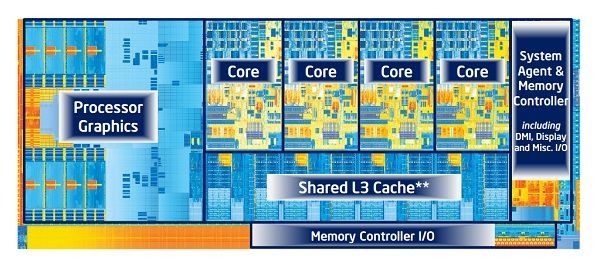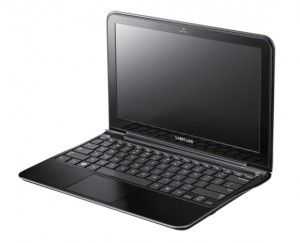If you’ve been following along the last few days, you saw us highlight plenty of Ultrabook deals for those looking to snag a machine on the cheap for Black Friday or Cyber Monday. The deals came in many shapes and sizes and often spanned the gap between first generation (Sandy Bride) and second generation (Ivy Bridge) Ultrabooks. If you haven’t been following the Ultrabook space closely, as we have, you might be confused about the difference. This article aims to clear that up and tell you how to identify one from the other.
Read the full storyTag Archive | "sandy bridge"

What’s the Difference Between Sandy Bridge and Ivy Bridge Ultrabooks and How to Tell Them Apart
Posted on 27 November 2012

Ultrabook Gaming: League of Legends — Free-to-play Action-RTS That Runs Great on HD 3000 Graphics
Posted on 29 May 2012
 Continuing my Ultrabook game-testing, I wanted to highlight a game that’s free-to-play and worth a shot if you’re a fan of strategy-based games rather than twitch-based first-person shooters. The game in question is League of Legends [2009] which is a standalone game based on the immensely popular Defense of the Ancients mod which ran within Warcraft III [2002] and began its rise to fame in 2003. This is a multiplayer action-RPG which is highly strategic and can take some time to master. In my testing on the UX31 with Core i5 CPU, HD 3000 graphics, and 4GB of RAM, League of Legends runs flawlessly.
Continuing my Ultrabook game-testing, I wanted to highlight a game that’s free-to-play and worth a shot if you’re a fan of strategy-based games rather than twitch-based first-person shooters. The game in question is League of Legends [2009] which is a standalone game based on the immensely popular Defense of the Ancients mod which ran within Warcraft III [2002] and began its rise to fame in 2003. This is a multiplayer action-RPG which is highly strategic and can take some time to master. In my testing on the UX31 with Core i5 CPU, HD 3000 graphics, and 4GB of RAM, League of Legends runs flawlessly.

Why You Should Wait for Ivy Bridge Before Buying an Ultrabook
Posted on 17 May 2012

Power Efficiency – Intel Core ULV CPU vs Intel Core Mobile CPU
Posted on 07 February 2012
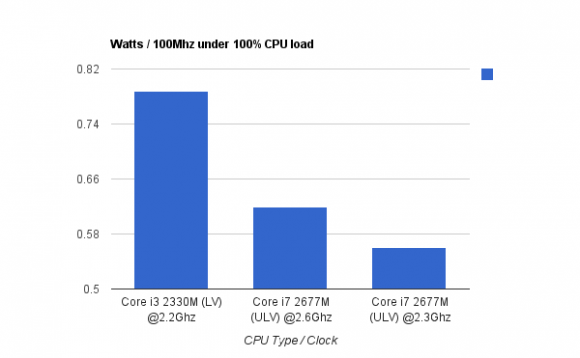 Early in January I put forward an article which highlighted the differences between the ‘ultra low voltage’ CPUs you get in Ultrabooks and the ‘low voltage’ CPUs you get in many laptops. I gave some comparison figures for two devices in different usage scenarios by measuring ‘system’ power drain and it was only in the high-end tests where we saw the ULV processor being significantly more efficient. In this article I continue the testing and compare the LV and ULV cores directly. The results are blow.
Early in January I put forward an article which highlighted the differences between the ‘ultra low voltage’ CPUs you get in Ultrabooks and the ‘low voltage’ CPUs you get in many laptops. I gave some comparison figures for two devices in different usage scenarios by measuring ‘system’ power drain and it was only in the high-end tests where we saw the ULV processor being significantly more efficient. In this article I continue the testing and compare the LV and ULV cores directly. The results are blow.
Part 1 – Ultrabook ULV vs Notebook Mobile CPUs
Measuring ‘system’ drain on two different systems isn’t the most scientific of tests so a discussion broke out in the comments about how we could measure a true difference in efficiency between ULV and LV processors and whether it could be possible to run low-voltage processors at slower clockrates and get the same efficiency as a ULV processor.
The theory says ‘No.’ If you run a CPU at the same frequency but with a higher voltage, the power usage goes up.
Read the full story
Dell Quits Netbooks For Ultrabooks, But When?
Posted on 16 December 2011
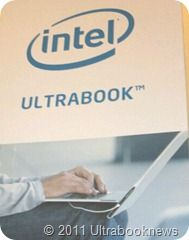 Brad Linder of Liliputing has an article up today about the lack of Dell Netbooks on the US site. After a follow-up by Joanna Stern of The Verge, Dell has now confirmed it is dropping netbooks and, apparently, any development of notebooks on the Cedar Trail platform. The focus in 2011, according to the Dell spokesperson, is ‘Thin and Light.’
Brad Linder of Liliputing has an article up today about the lack of Dell Netbooks on the US site. After a follow-up by Joanna Stern of The Verge, Dell has now confirmed it is dropping netbooks and, apparently, any development of notebooks on the Cedar Trail platform. The focus in 2011, according to the Dell spokesperson, is ‘Thin and Light.’
I have two thoughts. Number 1 is that the Cedar Trail platform doesn’t exactly equate to netbooks and I think there’s space for 11.6” ultralights on that platform. They would offer reasonable CPU power and with an SSD and a redesign have every chance of riding on the coat-tails of Ultrabooks to offer a very cheap and stylish thin and light solution.
The second thought, of course, is when are the Dell Ultrabooks coming?
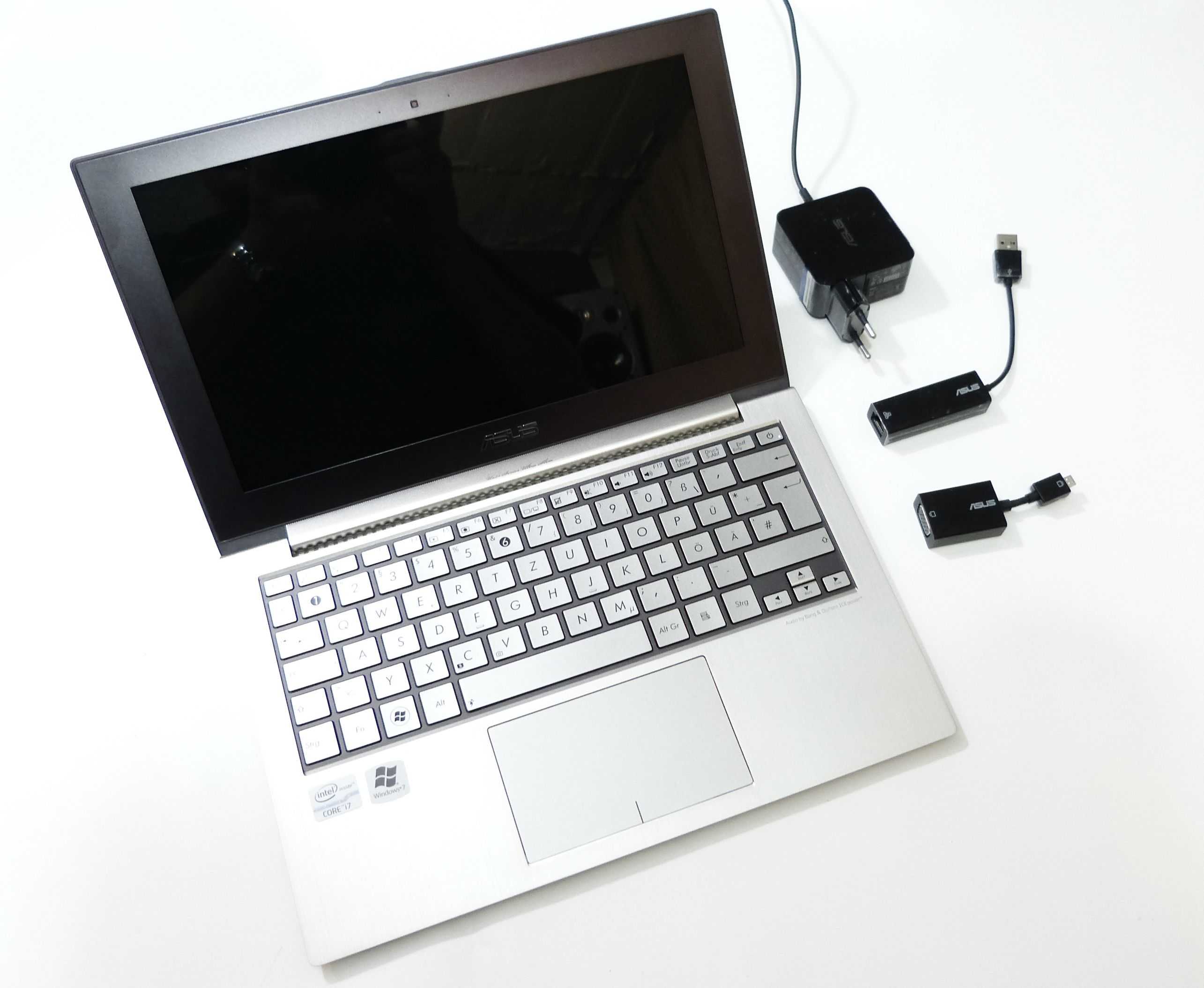
ASUS UX21 Ultrabook – Full Review Available at Ultrabooknews
Posted on 25 November 2011
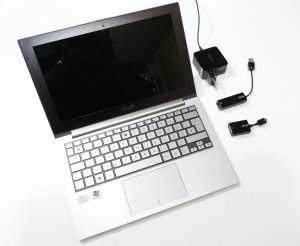 I’ve posted a detailed review of the ASUS UX21 over at Ultrabooknews and even if you think the device is too big, I encourage you to read the article to learn about the platform and it’s differences to Oaktrail, Cedar Trail and other low-power platforms. The UX21 idles down well and gets things done so fast that the total battery used for tasks is, in many cases, less than on a low-power platform. The effect is known as ‘HUGI’ by Intel – Hurry Up Get Idle – and it seems to work.
I’ve posted a detailed review of the ASUS UX21 over at Ultrabooknews and even if you think the device is too big, I encourage you to read the article to learn about the platform and it’s differences to Oaktrail, Cedar Trail and other low-power platforms. The UX21 idles down well and gets things done so fast that the total battery used for tasks is, in many cases, less than on a low-power platform. The effect is known as ‘HUGI’ by Intel – Hurry Up Get Idle – and it seems to work.
The platform provides a high dynamic range of operating modes from simple web-based work in a netbook-like 8W power to gaming and video editing to a quality that you would never achieve on an Atom-based platform.
It’s interesting to think of where this could lead to. Will Atom-based devices just dissolve into a low-cost category? Will there be an interesting option for ‘Ultraslates’ in the future? Could Intel create an even more efficient, smaller and small platform based on their leading technologies. My feeling is ‘Yes’ and I talked about it in an article earlier this year.
I suggest reading the UX21 article though for more details and proof that there are some Ultra Mobile possibilities with the high-end mobile computing platforms.
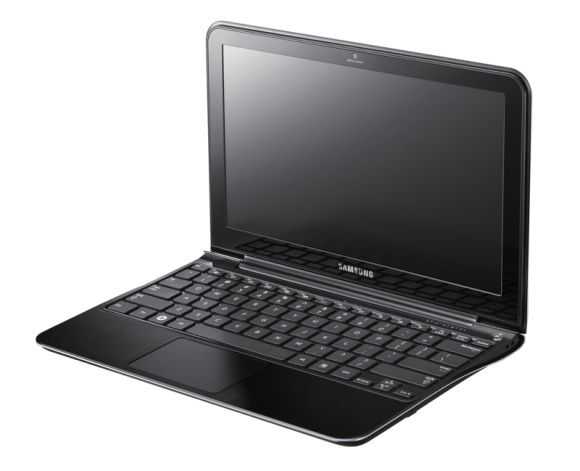
Laptop Silicon in the Handheld Space
Posted on 12 July 2011
The more I test Intel Sandy-Bridge based systems the more I am becoming convinced that laptop silicon will eventually extend as a high-dynamic-range platform into to ultra-mobile PCs and tablets. The reason is that the new laptop platforms are using advanced processes and techniques and are extremely efficient at getting things done. ‘Hurry Up Get Idle’ is a simple concept that means if you can get the same job done quickly, you can turn off or idle a pc and thus reduce the power used. The area under the power curve is smaller.
In practice, its difficult to make HUGI work because a lot of the tasks we do are either very short, can only work as fast as a human can input or rely on data coming from other sources. PC’s aren’t very good at idling either but from my recent video editing tests, I can see that there’s at least one scenario where it works very well.
The problem with getting laptop silicon into a handheld product is the thermals. Intel leads the way in this market and their products provide plenty of thermal monitoring and control but it will take a little bit more than what is currently on offer to be able to easily design and produce a 7″, tablet running a laptop-style processor. It’s been done before though. Samsung, experts in electrical engineering, produced a 7″ Tablet running a 1.3Ghz Core Solo but that was at a time when there was no competition from ARM-based devices, $1200 tablets were common and there wasn’t an Atom processor around. The latest tablet example would be the Eee Slate EP121 and for a 1.06KG laptop, the Samsung 900X1A gets close but that’s a little larger and heavier than a handheld device should be.
As silicon processes get better though and thermal control, dedicated silicon and single-chip solutions become more common, you can expect both Intel and AMD to try to offer the ultimate processing power in the handheld space. You can expect these products to have premium prices and to be targeted at niche markets but with Windows 8 as a catalyst and competition increasing from the latest ARM designs, offering these niche product is one way that the X86 chip makers can retain an advantage and one way manufacturers can differentiate their products.
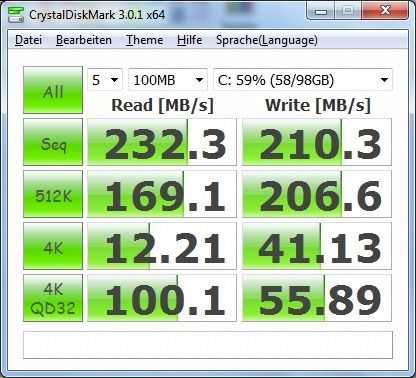
Ultrabook! Samsung 900X3A Full Review
Posted on 04 July 2011
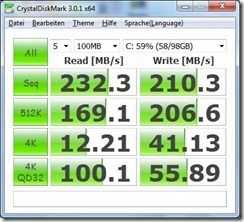 Looking for an upgrade to a netbook?
Looking for an upgrade to a netbook?
I know that 1.3KG can feel different in different form factors but the thin and light laptops shouldn’t be ignored if you’re thinking about ultra mobility. For example, if you need a device to operate for 7-8 hours while typing offline but want to turn up the power dial to 11 now and then for a bit of 720p editing and rendering or gaming, the Samsung 900X3A is one to take a look at. It’s a smart device in its own right but it also gives us a good idea how Ultrabooks will perform when they arrive in the next few months.
In the full Samsung 900X3A review I’ve just published over at Ultrabooknews you’ll see some impressive, netbook-like battery life possibilities, gaming and video editing and some thoughts about moving up from the netbook category. For example:
- Video editing and processing
- Fine-grain thermal management that allows ‘turbo’ scenarios
- A wide-dynamic range of operating modes. From netbook to desktop
- Faster busses, faster disk, faster startup
- Video streaming and video calling in high quality
- Fast batch processing of images
- A wide range of reliable video playback capability
- Fast web rendering
- Desktop-style multitasking
Ultrabooks are a category I’m personally very interested in as one that fits well with my three device (smartphone, pad, laptop) strategy. I’ll be writing up a new article about ultra-mobile video editing using the Samsung Series 9 and you’ll see it in the next few days here at UMPCPortal. Hint: 5x high-end netbook rendering speeds. 3X Fusion E.350 rendering speeds for 720p content and output.
 |
| |||
 |
| |||
 |
| |||
 |
| |||
 |
| |||
 |
| |||
 |
| |||
 |
| |||
 |
| |||
 |
|

